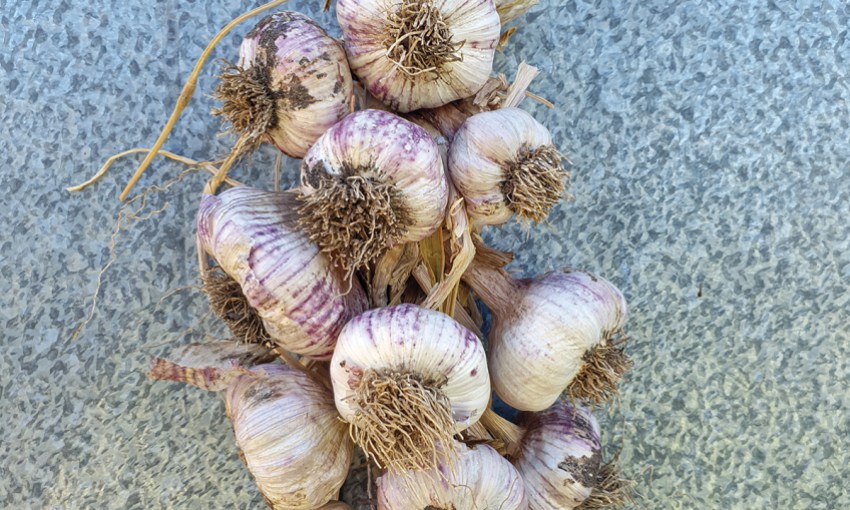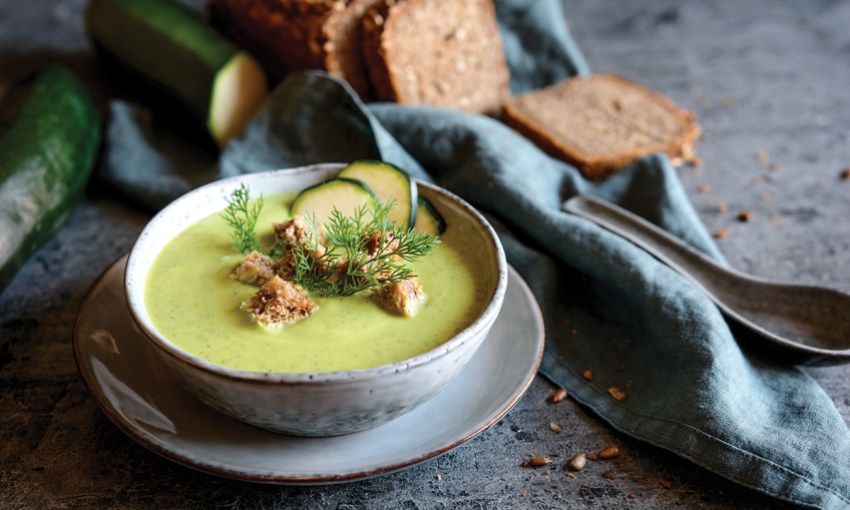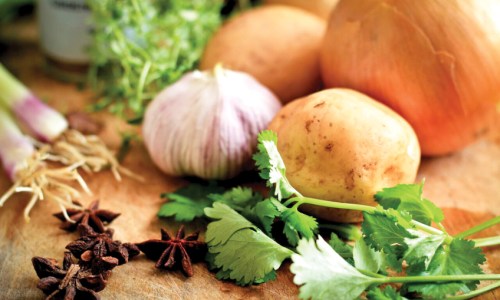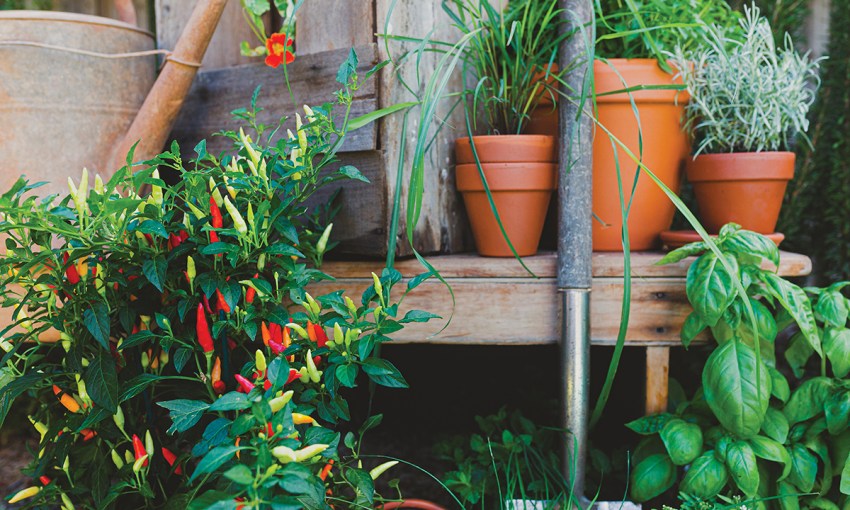Edible gardens across the state are in abundance at the moment, so take these tips to prolong the bounty and enjoy your produce well into autumn.
Make the most of summer’s bounty
Growing your own fruits and vegetables can be one of the most rewarding parts of gardening. But as the abundance of summer’s harvest turns into the autumnal cool, there are still ways to keep enjoying the tasty delights of your labour, with storing methods. These storing methods include drying, freezing and preserving.
Storing your crop
Some fruits and vegetables store well for months if they are kept in the right conditions. Always keep in mind the old saying that “one rotten apple will spoil the batch”, so only select the best of the crop without blemishes or damage.
Store your harvest in a dry, well-ventilated place and regularly check and remove any decaying fruits. Wooden crates or shallow cardboard boxes with breathing holes are excellent and will allow stacking, while ensuring air circulation between levels. There are different storing methods for different fruits and vegetables:
Apples and pears store very well. Wrap each fruit in newspaper and place in a single layer in the bottom of your storage container.
Root vegetables, such as carrots, potatoes and beetroot, also store well. Remove the leafy tops from carrots and beetroots and place them in a single layer without wrapping them. Covering these with a layer of sand will prevent them from becoming rubbery. Harvest potatoes on a dry day. Remove any mud and leave them to dry in the sun. Potatoes need to be stored in a dark place. Storing in hessian bags is ideal to avoid any poisonous green patches forming on the skins. Parsnips are best left in the ground over winter and harvested as needed.

The Allium family of plants include onions, garlic and shallots which are best dried thoroughly before storing. The tops can be plaited and then hung in a dry place. You can also cut the tops off and hang the bulbs in an old pair of tights or netting.
Pumpkins and squash can last up to three months, depending on the variety. Ensure they are in good condition and store them in a cool, dry place such as a cupboard. Zucchinis, meanwhile, don’t store well and can be kept in the fridge for a maximum of three weeks.
Legumes, such as peas and beans, can be dried for use in stews or can be blanched and frozen.
Leafy crops, such as lettuce and spinach, do not store well and should be eaten within a few days of harvesting. There are great varieties to grow all year, so continue to plant seedlings throughout the cooler months.
Herbs are fun and easy to grow at home and will ensure a tasty harvest of flavour to add to your kitchen creations. The easiest method for storing herbs is drying them. This can be done with a dehydrator or an oven, or just by leaving them to dry naturally. Once dried, remove the leaves from the stems and place in clean, dry jars and containers and store as you would with shop-purchased herbs. Label the stored herbs clearly to avoid mix ups.
Freezing your harvest
Freezing is a quick and easy way to preserve your harvest, but remember to freeze in usable quantities so that the produce can be easily defrosted. This is a great option for herbs with larger leaves like parsley, basil and rosemary.
The vegetables, fruits and berries that freeze particularly well include raspberries, blueberries, blanched apples, blanched beans (including runner and French varieties), cranberries, gooseberries, peas and rhubarb.
Choose only firm, just-ripe fruit and vegetables and freeze them as soon as you can after harvesting. Pack them into an airtight freezer bag or plastic container to ensure they keep well and don’t suffer from “freezer burn”. Some fruit and vegetables will need blanching before freezing. This prevents the water in the fruit and vegetables from crystallising and rupturing their cell walls, resulting in a soggy, soft consistency when defrosted.
Simply plunge the fruit or vegetable into a large pan of boiling water for about one-third to one-half of the normal cooking time, then transfer to ice-cold water, before patting dry and freezing.
Pickling
Put simply, a pickle is food that’s been preserved in brine or vinegar. A basic pickling liquid or brine contains equal parts vinegar and water, plus salt.
There are many fruits and vegetables that are suitable to store this way including cucumbers, zucchini, beans, cherry tomatoes, chillies, asparagus, beetroot, sweet corn, carrots, onions, cabbage, cauliflower and rhubarb. There are many pickle recipes and methods to explore to discover the best for your needs.
Jams and preserves
Creations of chutneys, relishes, preserves and jams are fantastic ways to use the harvests from your garden. The options are almost endless and once confidence grows, there is plenty of scope to experiment with your own unique recipes that will vary to suit the season’s harvests. Homemade jams are delicious spread on toast and will keep for up to one year.
Garden for the future
Time in the garden is a very rewarding way to connect with nature, to enjoy fresh air and exercise and to delight the household with the healthiest, tastiest and freshest food that is only steps away from the kitchen. As autumn arrives, it is time to prepare and plant for the seasons ahead, while also continuing to enjoy the great ways to harvest, store and make the most of the abundant harvest of goodness from your own garden.

Zucchini soup
Serves 4
This soup freezes well, so make it now and store for the cooler months.
15g butter
2 tsp oil
1 small onion chopped
6 medium zucchini thickly sliced
1 medium potato peeled and sliced
Salt and freshly ground pepper
½ tsp dried tarragon
4 cups chicken stock
4 tbsp cream
Heat butter and oil in saucepan. Add prepared vegetables and sprinkle with salt, pepper and tarragon. Cover and cook over a low heat for 10 minutes stirring occasionally. Add stock and simmer covered for a further 10 minutes or until vegetables are soft.
Puree in blender or food processor. Freeze in an airtight container. When ready to use, reheat adding more seasoning if necessary.
Stir through 1 tbsp of cream to each serving for extra richness.

This article first appeared in the Autumn 2023 issue of SALIFE Gardens & Outdoor Living magazine.



